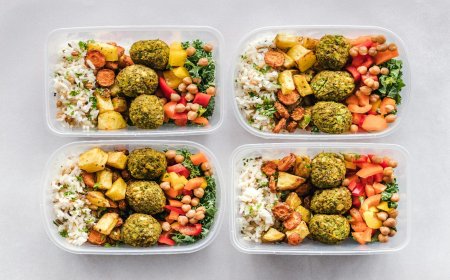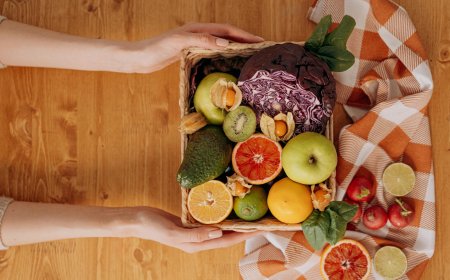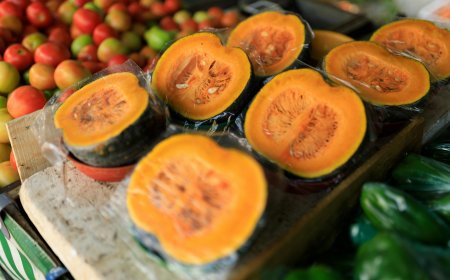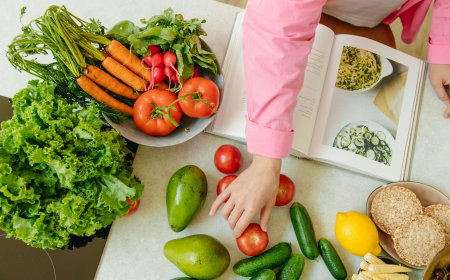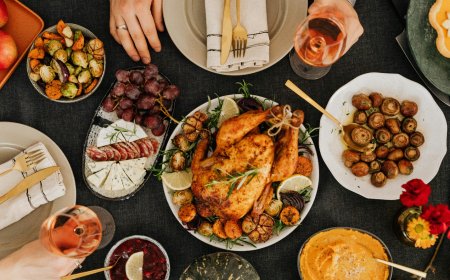Scraps into Gourmet Meals with Zero-waste Cooking
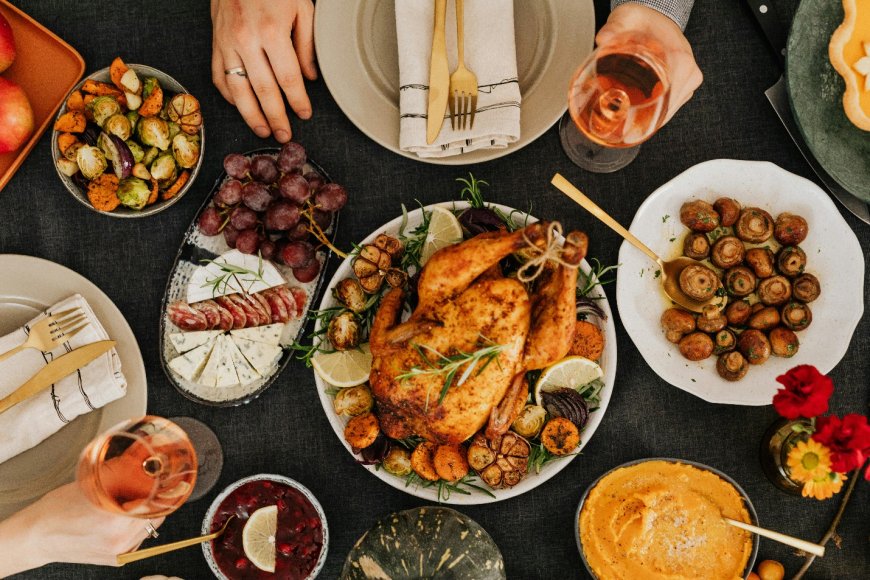
Zero-waste cooking has become an innovative method of food preparation in the modern world where sustainability is growing vital. This inventive gastronomic trend not only helps cut food waste but also pushes chefs to consider creatively how they may use every component of their ingredients. Changing what was once thought of as "scraps" into great, gourmet dinners would help us significantly improve our surroundings while still savoring distinctive and tasty cuisine.
The Art of Repurposing Food Scraps
Zero-waste cooking is mostly about discovering fresh uses for usually thrown-away bits of food. This method not only cuts food waste but also lets us get the most nutrition and value from our goods. For instance, typically thrown-away vegetable peels and ends can be converted into tasty homemade soup. Saving money on store-bought substitutes, this broth may be the foundation for soups, stews, and sauces, giving your meals complexity and richness.
Making chips from food waste is another imaginative approach to recycling them. Tossed with olive oil and herbs, and roasted until crispy, vegetable peels can be a tasty and healthy snack. With potato skins, carrot peels, and even kale stems, this method performs especially brilliantly.
From Leftovers to Culinary Delights
One can build whole fresh dinners from leftovers using only these components. For ideal appetizers or side dishes, day-old risotto can be turned into arancini, delicious cheese-filled fried risotto balls. Likewise, stale bread can be sliced into cubes, seasoned, and toasted to make homemade croutons, therefore giving salads and soups a crunchy feel rather than being thrown away.
Dishes like burritos, omelets, or casseroles allow leftover meats and veggies to take the front stage. This strategy not only cuts waste but also gives your meals diversity, thereby avoiding the sensation of constant eating. Fried rice is an especially flexible dinner from odds and ends in your refrigerator since it may include a great variety of leftover grains, vegetables, and proteins.
Innovative Uses for Fruit Scraps
Often neglected, fruit leftovers have creative uses. Made into infused water and teas, fruit peels, rinds, and bits will subtly and revilingly enhance your beverages. Made homemade apple cider vinegar from Apple peels and cores, for example, can be used in salad dressings or as a flavor enhancer in many different foods.
The Power of Broths and Stocks
Making sauces and stocks from food waste is among the most flexible uses for it. Freeze vegetable leftovers including carrot tops, garlic peels, and onion until you have enough to create a delicious vegetable broth. Likewise, simmering meat scraps and bones will provide rich, filling broths ideal for soups, stews, or sauce bases.
Reimagining Common Ingredients
Zero-waste cooking helps us to rethink often-used ingredients. For instance, typically thrown out but edible, mild in taste, and quite nutritious are broccoli stems and leaves. Soups, stir-fries, or even a solo veggie meal might all call for them. Similarly sautéed, added to salads, or combined into pesos are carrot tops, radish greens, and carrot leaves.
The Circular Economy in the Kitchen
Zero-waste cooking idea strongly relates to the ideas of the circular economy, which seeks to maximize resource utilization by eradicating waste. Within the food sector, this strategy transforms the way resources are applied and recycled over the whole food production and consumption cycle.
Zero-waste methods will help us to greatly lower our environmental footprint, save resources, and build more sustainable food systems. This change towards sustainability pushes us to reconsider our connection with food and its manufacturing; it is not only about lowering food waste.
Health and Economic Benefits
Zero-waste cooking improves better eating patterns in addition to helping the environment. We naturally include fresher, nutrient-dense meals into our diets when we concentrate on using entire ingredients and minimizing dependency on processed foods. This method usually results in a more conscious and balanced manner of eating since we start to see the components we use and how we cook them.
Zero-waste cooking can result in large financial savings. Using all our ingredients and avoiding food waste helps us to maximize the value of our supermarket purchases. We may also cut our total food costs by learning to make fresh meals from leftovers and recycling scraps.
Embracing the Zero-Waste Mindset
Cooking with zero-waste calls for a change of perspective. It inspires us to see food waste as possible components for the next meals rather than as garbage. This point of view encourages innovation in the kitchen and pushes us to plan and prepare meals outside the box.
Starting zero-waste cooking, start by determining what you usually toss out and then consider possible uses for these products. Start small by including one or two zero-waste procedures into your cooking schedule; then, progressively increase as you grow more at ease with the idea.
Recall that zero-waste cooking is about choosing deliberately to cut waste and maximize the use of our food resources, not about perfection. Every little action taken to cut food waste advances a more sustainable future.
All things considered, zero-waste cooking presents a creative and environmentally friendly method of food preparation that improves the surroundings as well as our health. Turning trash into gourmet meals not only helps to cut waste but also exposes fresh tastes and textures in our cuisine. As we continue to face environmental challenges, using zero-waste cooking methods can be a fantastic way to help build a more sustainable food chain.
What's Your Reaction?
 Like
0
Like
0
 Dislike
0
Dislike
0
 Love
0
Love
0
 Funny
0
Funny
0
 Angry
0
Angry
0
 Sad
0
Sad
0
 Wow
0
Wow
0


